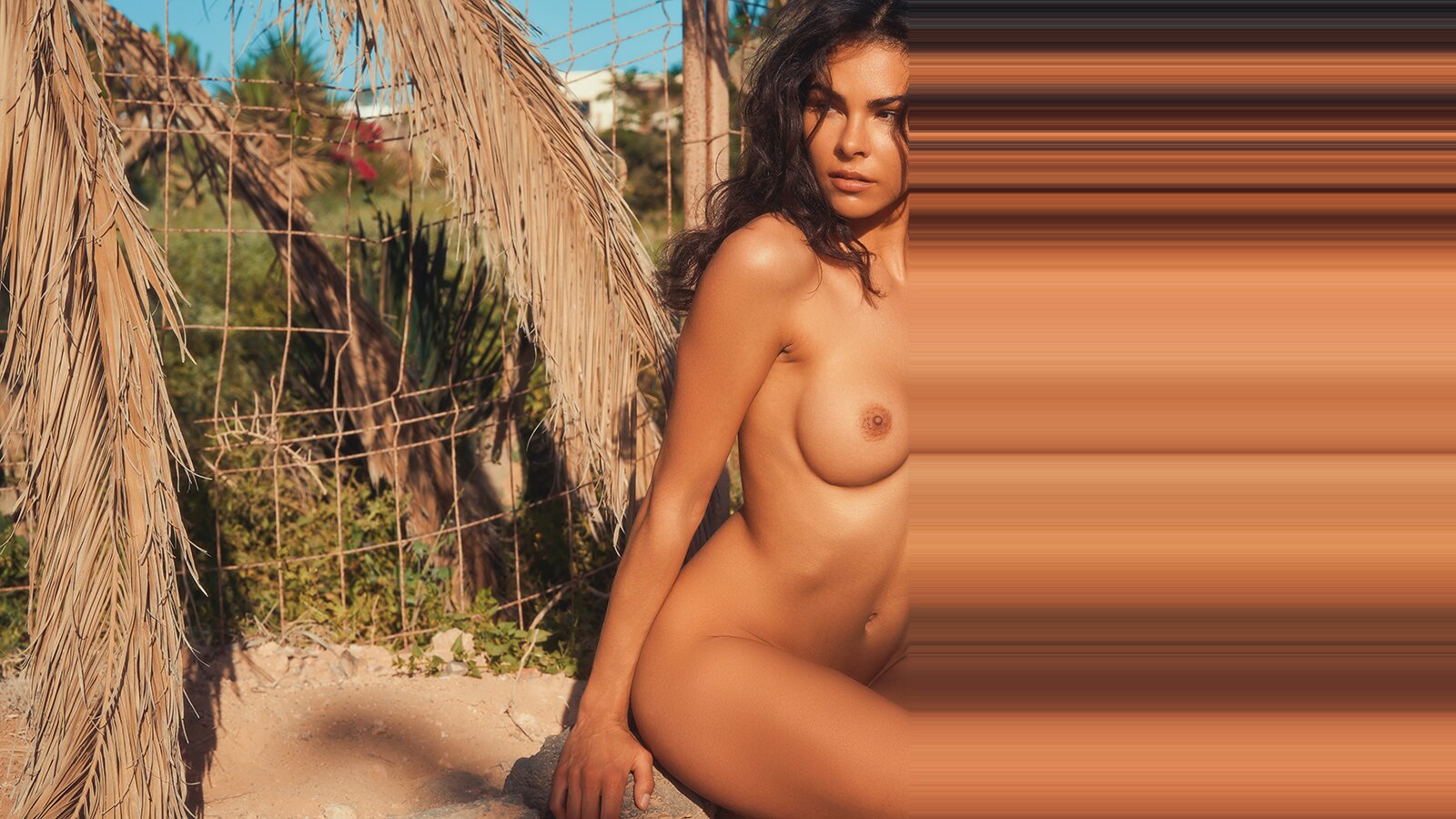An earthy appeal
The quirkiness of brown lies in its unique ability to evoke a sense of warmth, comfort and earthiness. Brown is the color of wood, coffee, chocolate, and many of the elements that ground us. It's a hue that connects us to the natural world in a way that primary and secondary colors often struggle to replicate.
When I was at school, we had an art teacher who let us buy cyan and magenta for the watercolor paint box because it was much nicer to mix colors with. So in my early days as a designer, it always bothered me when people used the standard colors from a software. This bright red that hurts your eyes or worst of all the over-saturated blue.
We also associate brown with the ugly clothes that our grandparents used to wear. However, in art and design, brown plays a crucial role in creating depth and balance. Brown brings a certain richness to the visual experience, and I would call the color underrated.
Color systems
In the RGB color system, the building blocks of digital colors, red, green, and blue take the spotlight as the primary colors, with combinations of these forming the secondary hues. Yet, where does brown fit into this spectrum?
With colors of light (on screens, RGB), mixing red and green results in yellow, while combining red and blue gives us magenta. But brown is different.


Brown is just dark orange
When we talk about dark blue, dark green, or dark red, the names are pretty straightforward. But when orange takes a darker turn, it mysteriously becomes brown. Dark orange seems to be the color with a secret identity. It's like the undercover agent of the color world. Wasn't I talking about ugly brown granny clothes earlier?

Brown light doesn't exist
While brown is a staple in our visual experiences, it's interesting to note that brown light doesn't actually exist in the visible spectrum of light. In the realm of light and color, brown is essentially a perception created by our brains when multiple wavelengths converge in a specific way. Unlike the hues of the rainbow that can be traced back to specific wavelengths, brown is more of a blending illusion, a visual amalgamation of colors that tricks our eyes into perceiving an earthy tone.

What shades of brown do we have?
In the realm of makeup color palettes, brown tones play a versatile role, offering a spectrum of hues to enhance natural beauty. From warm "Caramel Kiss" eyeshadows to sultry "Mocha Delight" lip shades, makeup enthusiasts can embrace the richness of "Espresso Elegance" or opt for the subtle allure of "Toffee Rose" to complement their unique style.
In the culinary world, brown tones add another dimension to our dining experiences. Picture the inviting warmth of a "Chocolate Ganache" dessert or the earthy richness of "Caramelized Hazelnut" coffee. The point of sautéing is actually always to add brown color. Perhaps it would have been enough if I had simply mentioned toast as an example. Browning is everywhere in the kitchen.
Almond, Auburn, Amber, Beige, Bistre, Brandy, Cappuccino, Caramel, Cedar, Chestnut, Chocolate, Cinnamon, Coffee, Copper, Coppery, Cork, Cocoa, Espresso, Fawn, Ginger, Gingerbread, Henna, Hazelnut, Mahogany (in German we say Mahagoni, funny isn't it?), Maple, Maroon, Mocha, Nutmeg, Pecan, Russet, Saddle, Sepia, Sienna, Tangerine, Tan, Tandoori, Terracotta, Toffee, Umber, Walnut…
The sheer multitude of brown shades, each with its unique undertones and hues, makes it a nuanced challenge to pin down precise names. From cinnamon-infused taupes to the reddish depths of chestnut. And what exactly is the color of Espresso?

Conclusion
Personally, I wouldn't have believed that the many shades of brown that are available are simply dark orange. But they are incredibly diverse. The topic of color is quite inexhaustible. It fascinates me again and again. And maybe I'll look differently the next time a granny in a brown outfit crosses my path.
